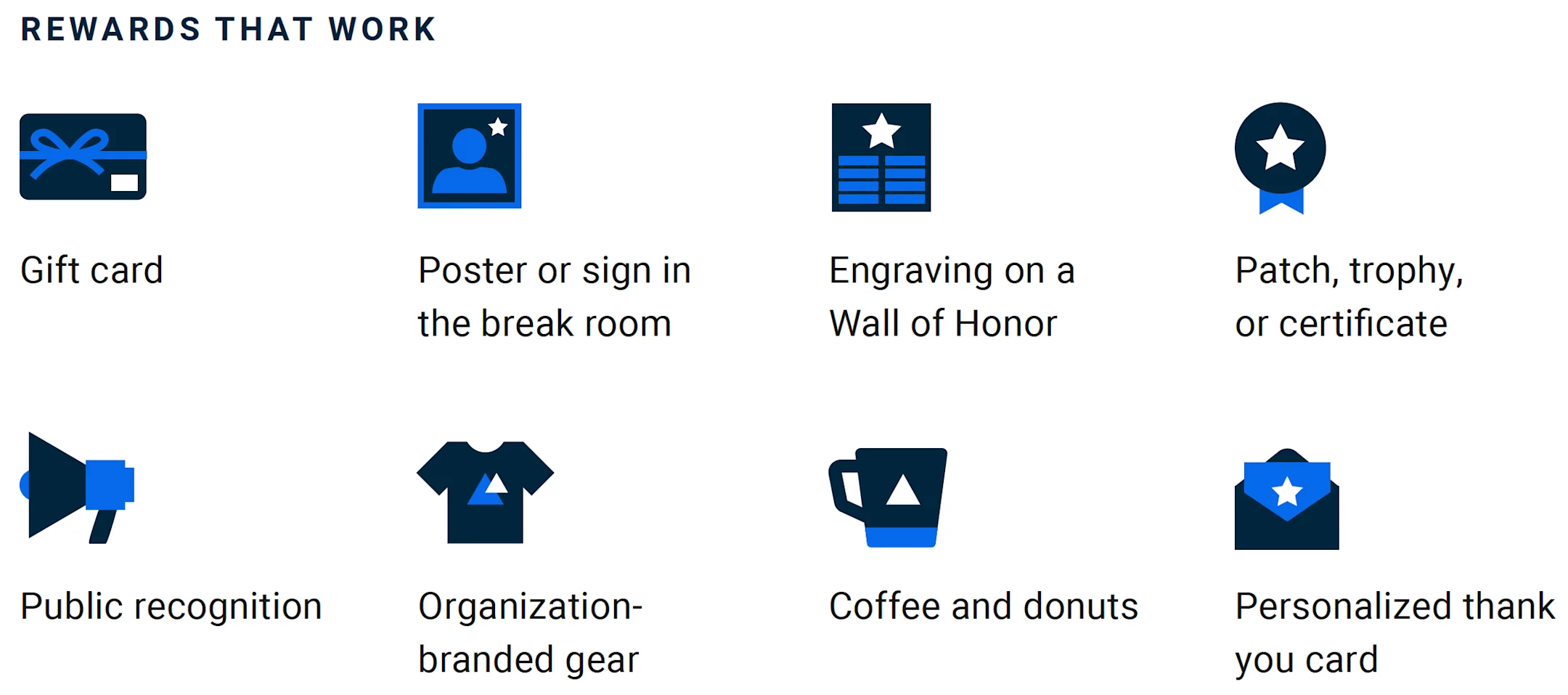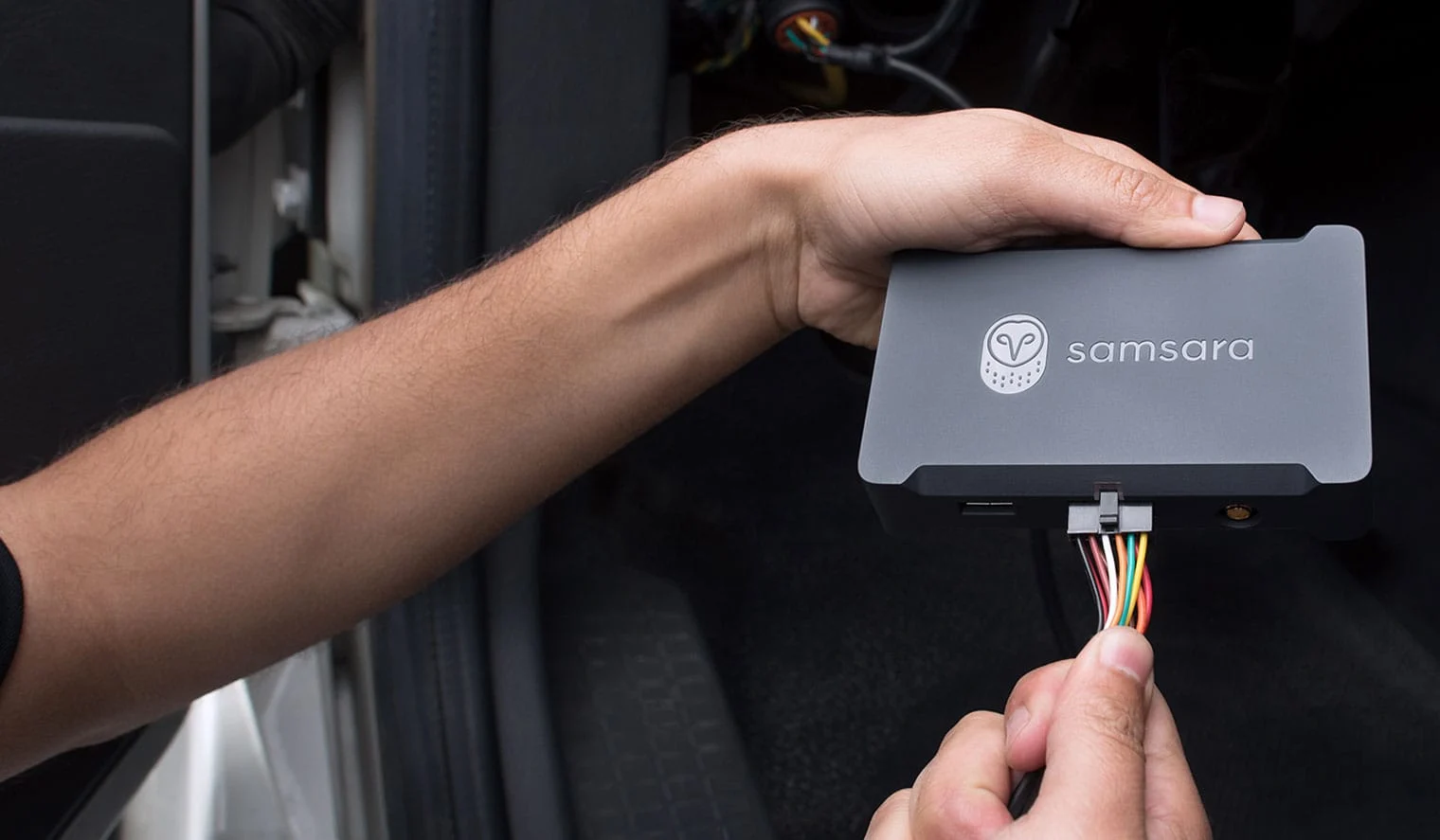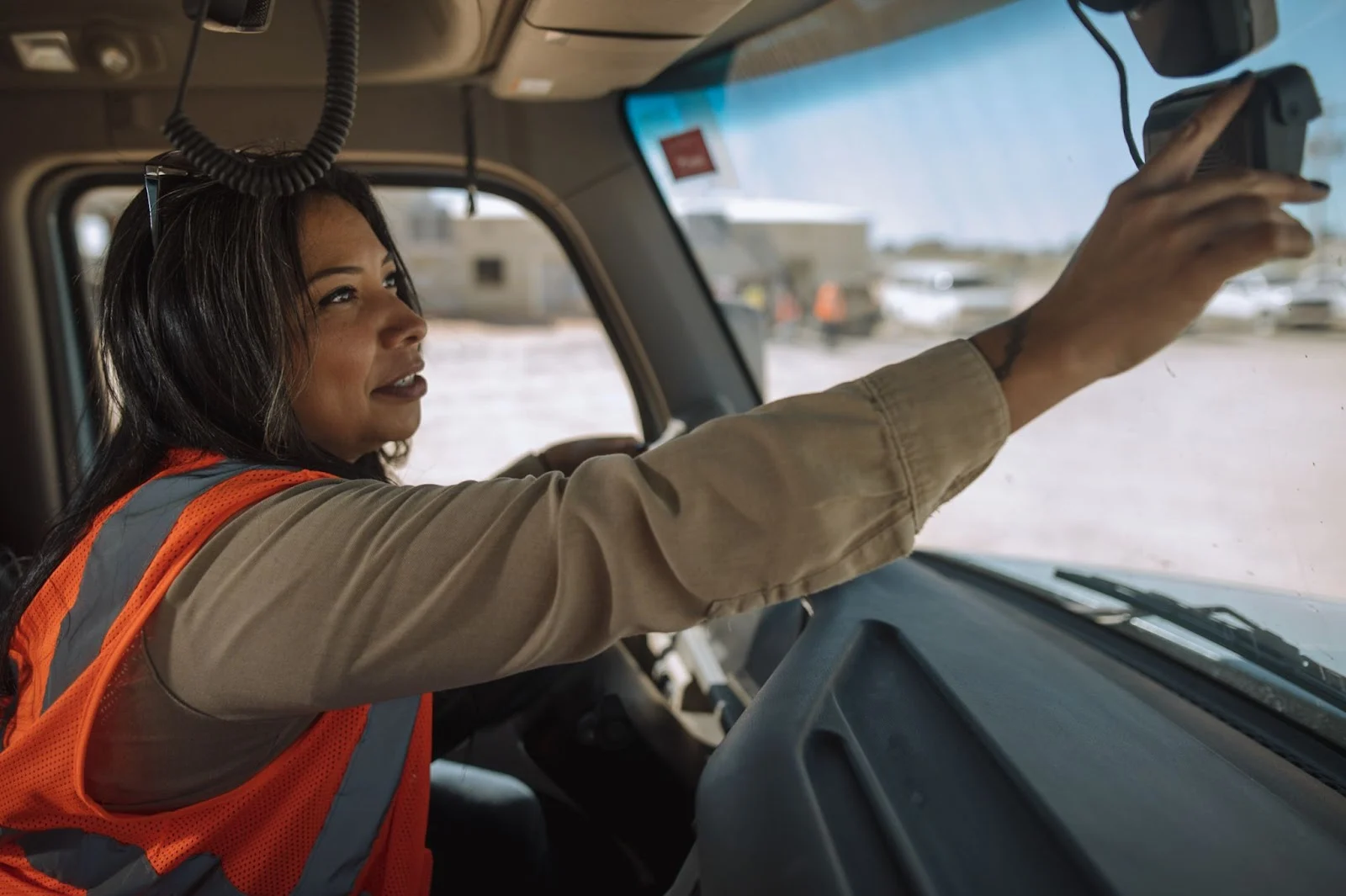Safety – 5 min read
3 strategies for government fleets to gain union trust on dash cams
January 2, 2025
Senior Content Marketing Manager

Get the latest from Samsara
Subscribe nowImplementing dash cams can feel like a complicated and daunting task—especially when union and driver trust is on the line. For public sector organizations, gaining union buy-in is critical to creating a successful safety culture. As John Hamill, a Business Agent at the International Brotherhood of Teamsters, explained, “The perception of cameras can be challenging. But throughout my career, I have seen time and time again that cameras are so beneficial to both [organizations] and drivers. It’s just all about how you engage with the union, how you build your policy, how you communicate with drivers, and how you follow through on the policies and procedures you’ve agreed upon.”
Below, we’re highlighting three key takeaways from our recent driver and union buy-in webinar to help government fleets build trust with unions and union workers. These insights are inspired by proven best practices and stories from industry leaders to ensure a successful rollout of safety technology.
Strategy #1: Start with clear communication.
Clear and open communication is the cornerstone of any successful dash cam program. Unions and drivers need to understand how dash cams work, who has access to the footage, and how it will be used—this transparency is key to building and maintaining trust. Likewise, it’s vital to share how dash cams benefit drivers and the broader organization.
“My biggest tip to companies with union drivers is this: before going to your drivers, get the union to buy in first,” said Hamill. “Not going to the union first can lead to so many issues down the line.”
After securing buy-in from the union, Hamill also recommends taking the same communication approach with drivers. “Before you install a single camera or even build out your policy, transparent communication about the technology is key,” Hamill said. “Communication will help combat fear and anxiety—which are so dangerous not only to your safety program and the culture of your company, but actually to the drivers themselves. You don’t want drivers to be thinking about the camera when they’re driving. You want them to be focusing on the road.”
This type of early and transparent communication with unions was critical to the successful rollout of over 500 Samsara dual-facing AI Dash Cams in the City of Memphis’s Public Works division. Working with 11 labor associations, the City provided advance notice and clearly explained what data would be gathered and how it would be used.
Ron Robinson, Safety Compliance Manager for the City of Memphis, attributes part of their success in rolling out dash cams to the transparency and simplicity of their approach with the union and drivers: “We put the cameras in the vehicle, and we didn’t do anything else. We just let people get used to seeing the camera in the vehicle.” Robinson likened this approach to familiarizing employees with widely-accepted safety features like airbags or seatbelts. “We let them get used to it in a timely manner so that they don’t feel overwhelmed or distrust the actual safety item.”
By framing the technology as a safety device, Robinson’s team secured union buy-in and demonstrated how the technology benefits workers directly. This communication helped improve trust and paved the way for a 75% reduction in distracted driving and significant improvements in overall safety across the fleet.
Strategy #2: Showcase how dash cams can protect and benefit workers.
Nothing builds trust like showing how dash cams make a difference in union workers’ day-to-day lives. Sharing footage of exonerations or celebrating safe driving behavior can help employees see the technology as a tool for their protection and recognition.
Ron Robinson of the City of Memphis emphasized the importance of sharing exoneration stories after adopting dash cams: “We show videos to our employees of incidents. An accident happened, and we weren’t at fault. The individual was exonerated, and that exoneration comes very quickly. That recognition breathes confidence amongst all the stakeholders.”
Tim Bishop, Safety Training Specialist, MLGW, suggests that leaders should focus on how their organizational safety goals align with union values; by highlighting how organizations are using dash cams to deliver real-world impact for union workers, leaders can find important common ground with unions: “The main reason unions started to begin with was employee safety,” Bishop said. “That is their mission and it’s our mission. We should all be able to agree on that.”
Driver exoneration and quick access to video footage helps protect drivers, resolve disputes, and reduce liability. When an incident occurs, you need immediate, reliable access to high-quality video to tell the full story. Samsara AI Dash Cams stand out because they enable safety managers to quickly exonerate drivers, easily investigate incidents, and ensure data security across their fleet operations.
To see a detailed look at how Samsara AI Dash Cams compare to other dash cam solutions like those from Motive, Netradyne, and Lytx, read our guide, A Head-to-Head Comparison of the Best Dash Cam Solutions.
Strategy #3: Use recognition and rewards to build trust.

Gamifying safe driving and driver safety scores with rewards like plaques, gift cards, or public recognition is a proven way to improve driver behavior—and it helps workers feel like they’re benefitting from dash cams, too. Supervisors can also use footage as part of training programs to celebrate and reinforce positive behaviors. However, organizations need to stay consistent with rewards programs to truly reap the benefits.
“It’s all about follow-through,” said John Hamill. “A lot of [organizations] say they have certain rewards or incentives—but they don’t actually give them out. It defeats the whole purpose. A rewards program is only good if you actually follow through with it.”
This approach was critical for Memphis Light, Gas and Water (MLGW) in fostering a culture of safety and reducing incidents. As a public agency operating large, heavy-duty vehicles, MLGW was especially susceptible to false claims. With dash cams, quick video retrieval now allows MLGW to exonerate innocent drivers and minimize costly insurance claims, enabling the agency to maintain low rates and provide exceptional service.
Dash cam footage has also transformed MLGW’s safety culture. Successful exonerations are shared during safety trainings, building driver confidence and fostering a safety-first mindset. Dash cam footage “not only exonerates our employees, but also teaches them skills to protect themselves with defensive driving,” said Tim Bishop.
MLGW also uses dash cam footage and safety data to reward top drivers. “We post the top ten Safety Scores every month during safety meetings, and we tell drivers what their score is and where they rank,” said Bishop. “It helps promote healthy competition.”
Making sure to follow-through on their rewards program, drivers with the highest scores across the last three years are rewarded with a breakfast to celebrate their accomplishments. This safety culture built on positive recognition has led to significant improvements in driving performance. For instance, MLGW recently used Safety Scores to spotlight a driver who earned a score of 100 across over 8,000 miles. He is now recognized throughout the organization as an exceptional employee, and also a shining example of the transformative impact of MLGW’s comprehensive safety program.
By focusing on recognition and rewards, organizations can demonstrate their commitment to union workers’ safety and well-being, and further solidify union trust.
Need more tips to secure union and worker buy-in?
These strategies are just the beginning. For more tips on gaining driver buy-in—including how to design effective safety policies, launch a smooth rollout plan, and create clear coaching policies—download our full guide for government organizations: Best Practices for Building a Video-Based Safety Program.
Get the latest from Samsara
Subscribe now


















